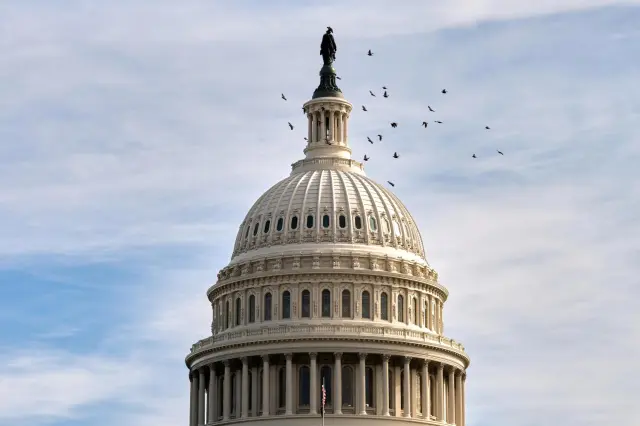Sendai bear shooting tests Japan’s new urban wildlife rules

Safety first, but at what cost?
Authorities in Sendai shot a bear that wandered into a residential area at dawn, invoking recently revised rules that allow commissioned hunters to use rifles in inhabited zones when life and safety are at risk. The operation followed a spate of bear sightings tied to poor acorn harvests and shrinking habitat along urban fringes. City officials sealed streets, coordinated with police, and authorized a member of the wildlife damage control team to take the shot. Supporters argue the policy prioritizes human safety after injuries in other prefectures. Critics counter that lethal control has become a first resort, and that bolder investment in waste management, early warning systems, and habitat corridors could reduce dangerous encounters without killing animals.
From mountains to neighborhoods
Japan’s black bear population has rebounded in some regions, but climate variability and land-use patterns are pushing animals to forage closer to people. Local governments now face a delicate balance: demonstrate they can act fast when a predator crosses a school route, while proving they have a plan to prevent repeats. Wildlife groups want standardized response protocols, funding for non-lethal tools like beanbag rounds and noise deterrents, and better data-sharing across prefectures. Residents are being urged to secure garbage, trim fruit trees, and report sightings promptly. The Sendai incident will likely set a reference point for mayors elsewhere: clear perimeters, documented risk, decisive action—then a post-mortem on whether a tranquilizer or relocation was viable. The public debate, much like the bears’ habitat, now runs right up to the edge of Japan’s towns.


















